The effect of host age on powdery mildew and Alternaria blight pathogens resulted in increase in per cent disease index with increased plant age. However, susceptibility of bacterial leaf blight decreased with increasing age of the plants, here younger plants exhibited more susceptibility than older plants. Disease progress was influenced by different weather factors viz., temperature, relative humidity, sunshine and rainfall. For powdery mildew and Alternaria blight, maximum AUDPC value (area under disease progressive curve) were in plants sown on 1st July and the lowest in plants sown on 21st July. However, for bacterial leaf blight abrupt increase in AUDPC in 4th to 5th week of inoculation, reaching its maximum in 6th week of inoculation, due to fluctuating in rainfall and relative humidity. The application of botanicals and ITKs resulted in significantly higher disease control, over their individual application as well as over untreated control. To avoid indiscriminate use offungicides and to reduce the chances of development of resistance against fungicides it would be desirable to use the combination of botanicals and ITKs for organic management of cluster bean diseases
Bitte wählen Sie Ihr Anliegen aus.
Rechnungen
Retourenschein anfordern
Bestellstatus
Storno

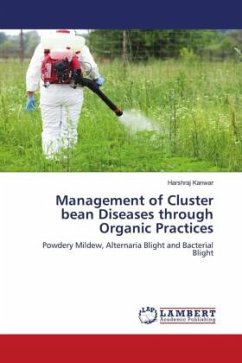
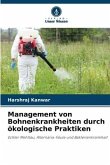
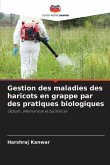
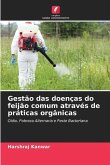
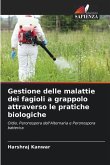
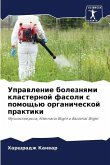
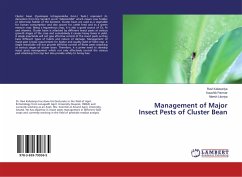
![Weed management in late kharif cluster bean [Cyamopsis Tetragonoloba] Weed management in late kharif cluster bean [Cyamopsis Tetragonoloba]](https://bilder.buecher.de/produkte/44/44475/44475694n.jpg)